Labour MP Graeme Downie has pressed the Government to reaffirm its commitment to Scottish shipbuilding, citing the recent rollout of HMS Venturer at Rosyth dockyard and highlighting the site’s role in delivering a “powerful, cheaper and simpler” Royal Navy.
Speaking during the House of Commons debate on the Strategic Defence Review on 2 June, the MP for Dunfermline and Dollar said:
“The review puts shipbuilding firmly in the UK’s future defence plans, particularly in the high north, as I have mentioned in the House many times, and looks towards a Royal Navy that is powerful, cheaper and simpler. The workforce at the dockyards in Rosyth, in my constituency, is ideally placed to deliver this. Just last week, we saw the roll-out of HMS Venturer, the first Type 31 frigate for the Royal Navy. Will the Secretary of State confirm that he is committed to shipbuilding in Scotland, including in my constituency, in contrast to the SNP, which just this week turned down the opportunity to bring new skills to that sector in Scotland?”
In response, Defence Secretary John Healey praised the Rosyth workforce and reiterated the UK Government’s dedication to the Scottish shipbuilding industry:
“We are totally committed to shipbuilding in Scotland. I pay tribute to the workers in his constituency in Rosyth for their pride, professionalism and sense of purpose, and the contribution that they make to our national security.”
The exchange comes as the Strategic Defence Review sets out long-term ambitions for a more streamlined and autonomous-capable Royal Navy, with the Type 31 programme forming a key component of that transformation.


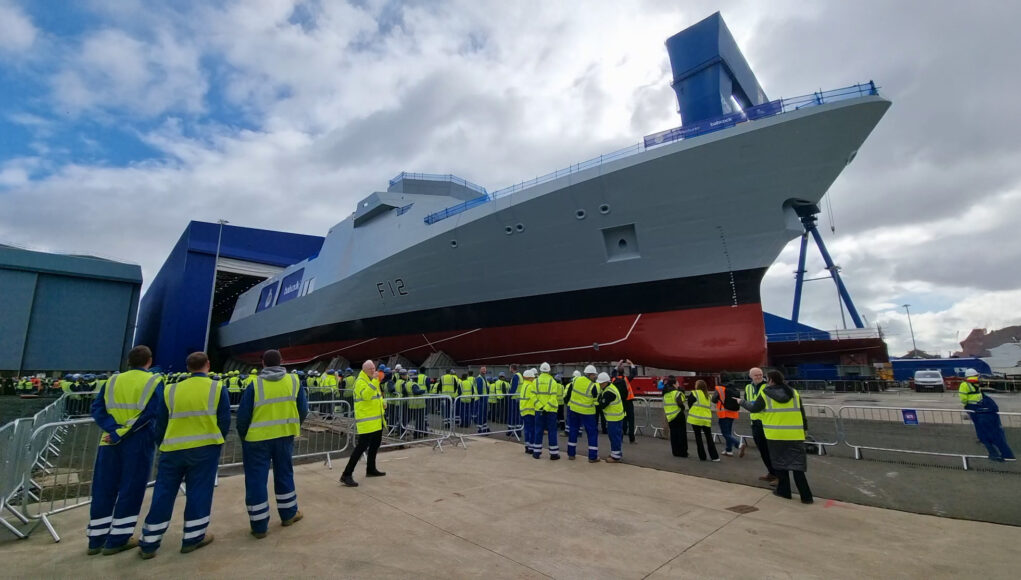

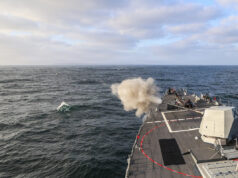
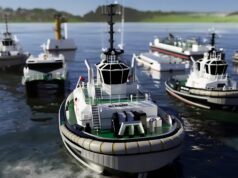
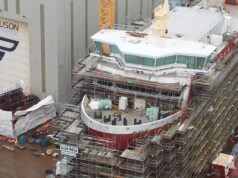
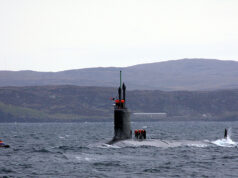
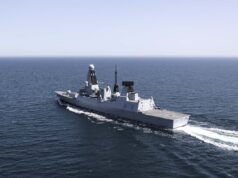

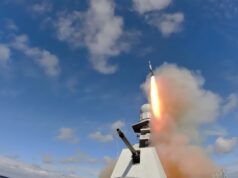
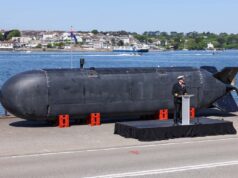
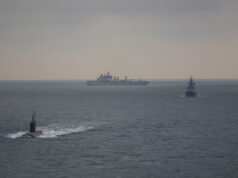

Mmm. So I read that reply as more drones but no commitment to more T31.
Yes if you discount the leak that we were going up to 25 surface combatants which no one seems to want to own now.
Nothing in the review about warship numbers.
No idea how we keep Rosyth and Belfast open much past 2032.
Babcock can talk about exports until the cows come home but the fact is they have not secured a single one, going to 31 by 2031 would mean them securing the entire global frigate export market.
It does lend support to the theory that the 6 MRSS will be a ‘strike frigates’; variants of Arrowhead built at Rosyth.
One concept I proposed several years ago was the construction of complete ships, but with staggered weapon fitment. For example, build a Type 31 then phase weapon upgrades according to budget and supply but don’t allow these elements to stop the completion of the sea-going vessel. Obviously, basic weapon fit would be a given, but the process would be slower than waiting for a completed weapon system. This concept would be more applicable for follow-on orders, thus allowing the incomplete vessels to operate at a lower readiness until all refits are established. The main thrust of this idea is to get hulls built in the best timely order.
I have said the same myself. I believe that the T31 was supposed to do that, but a lack of bidders / project re-launch, COVID and a prime contractor who had never built a complete naval escort before kinda slowed things down somewhat. That’s not to say that the idea couldn’t or won’t work as we go forward. I would also suggest that there is an opportunity for savings on the equipment fit lines that are Government Funded Equipment (GFE) as the government could put in bigger orders to cover two or more classes of ship in build and or re-fit and get the benefit of scaled up orders.
Two things I noticed in the SDR that have not been mentioned here (that I have seen). Military officers should stay in post for 5 years and still gain promotion and more of them should be moved to front line roles. These measures should improve procurement, the former by allowing officers to build up in post experience and drastically reduce the amount of time spent ‘getting up to speed’ whilst the latter should reduce that number of ‘cooks spoiling the broth’. Add these measures into the mix with the hoped for improved in timelines that they have touted add we might even be able to discern some improvements in the procurement system. We bloody need them!
When I was in the procurement system the 2 years posting was a real issue, even amongst some of the officers I worked with. We all knew that after two years in post you were just about getting up to speed with the job. Engineering and research at the cutting edge (blah, blah) is complex to understand when you walk through the door, same goes for project managing it! Who is going to take the big decisions when they don’t understand the issues and the project is worth billions – no one. The number of times we heard decisions being put back because the newbee in post wanted a full review undertaken! Can’t blame them really, but the cost implications..! I would ban change overs leading into big project decision points, end of.
Cheers CR
Cheers CR
Chariotrider, building a standard vessel with provision for upgrade is one way to get the hulls moving through the yards. Fitment of complex weapon systems could be phased over 3-5 years or in the case of emergency, given additional funding to achieve the specification. When I look at the launched Type 26s sitting in the fitting out yards, I can’t help wondering if the basic ships could get to sea faster by phasing the weapon fit? Huge advances could be achieved in terms of sea testing. Obviously, Glasgow needs to be a fully fitted-out prototype, however, the second vessel could hit the sea trial stage sooner with full spec being achieved at a feasible pace. As for attaining skills, two years is a ludicrously short time to become a competent asset. Stability is only achieved once there is a core of consistency and time and money to create excellence.